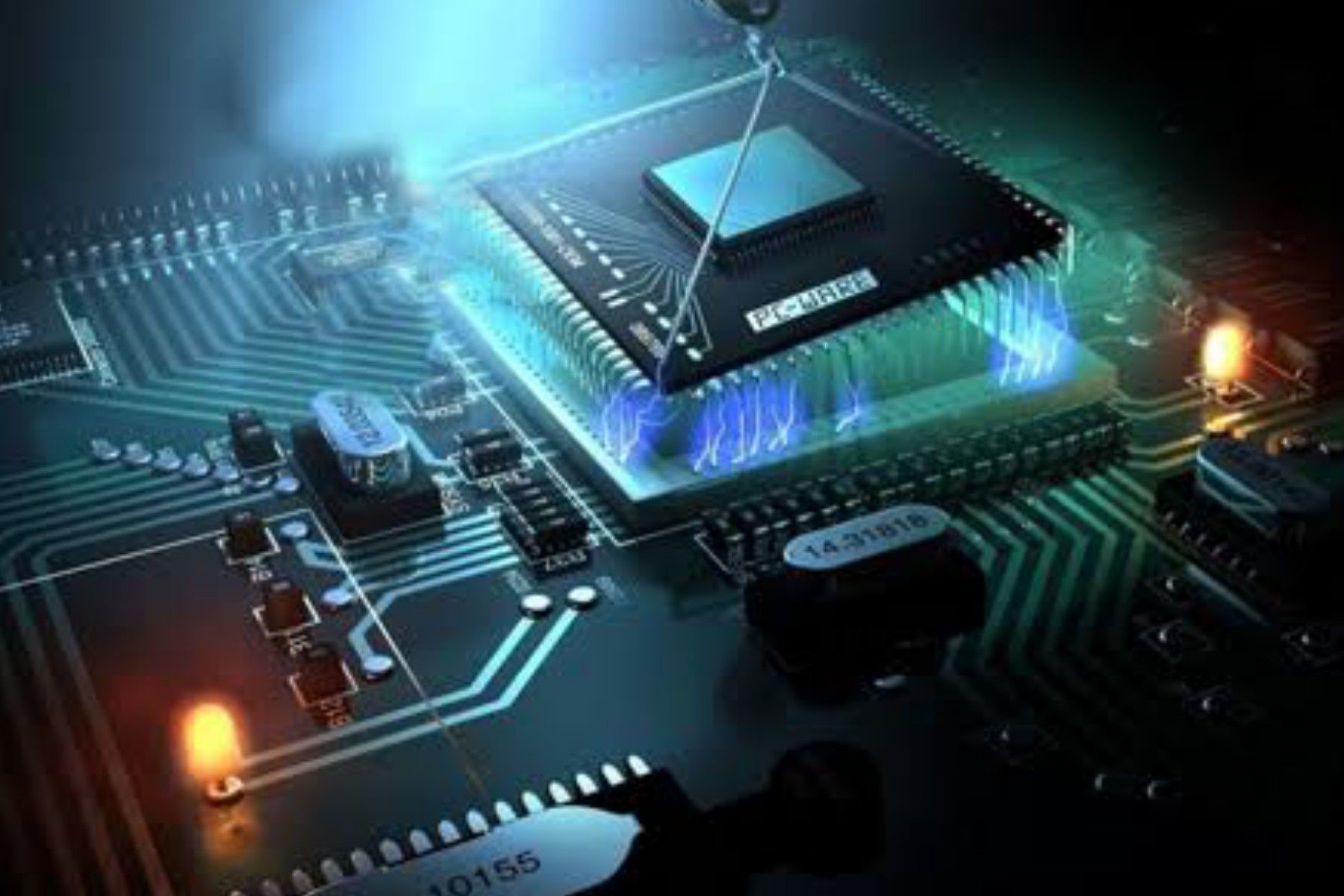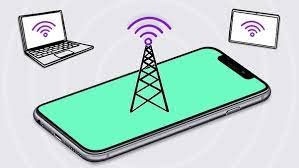Breification 13: What's Inside a 2022 Flagship SoC?
If you want to learn more about the specifics of 2022’s flagship mobile processors, check out the links below. Otherwise, let’s explore the more general trends in store for next-gen SoCs powering 2022’s flagship handsets. A flagship phone is a phone which has-. Top tier specs ( like top tier camera, display, battery, build quality, etc.) Should be powered with the most powerful SoC out there ( it is very important parameter before you call your phone a flagship)
It’s a term we’ve all heard many, many times in reference to consumer electronics: “It’s a flagship device…” “It’s a flagship phone…” “It has flagship features.” The term flagship can be quite hard to define, as most people have their own unique definitions for the word.
If you were to go by the historical definition, it has absolutely nothing to do with smartphones. By definition, a flagship is a ship that carries the commander of a naval fleet and displays the officer’s flag. When you consider the anatomy of the word, it makes sense, but that doesn’t tell us how it came to be used to describe mobile devices. Also, that certainly explain what makes one device a flagship while others aren’t.
1. What Is CPU?

Current Mobile Phone speed comes in (megahertz)MHz or (Getahertz)GHz value. Today's average best mobile processors have clock speeds ranging from 1.8 GHz to 2.8 GHz. 2 GHz seems to be twice faster than 1GHz but this does not happen and it depends on CPU architecture.
The Snapdragon 700 series is essentially an upper mid-range family of processors and the Snapdragon 780G is the most capable and recent of the lot. Released early in 2021, the 780G has the same 5nm design as the Snapdragon 888, supports both mmWave and sub-6GHz flavors of 5G, as well as a triple-tiered CPU design.
The Snapdragon 8 Gen 1 will be used in most high-end Android smartphones that will be launched in 2022. The new processor is built using a more power-efficient process (4nm) and a completely new architecture—ARM v9—for faster performance and improved efficiency.
2. What Is GPU?

The GPU (Graphics Processing Unit) is a specialized circuit designed to accelerate the image output in a frame buffer intended for output to a display.
A GPU, Graphics Card and Video Card are used interchangeably. To be exact, though, they mean different things. A GPU is the main chip on the Graphics Card. A Graphics Card is a fully functional piece of Hardware (including the GPU) with a PCB, VRAM, and other supporting hardware elements. The CPU inside your phone is responsible for running all the logic and operations required by the Android operating system as well as your apps.
3. What Is ISP?

Internet Service Providers (ISPs), such as Verizon, AT&T and Comcast, give us access to the Internet through a range of technologies. A single device is assigned an address when it connects to the Internet: an Internet Protocol (IP) address. This address distinguishes our device in the network from all other devices.
Nevertheless, the ISO file is a kind of optical disc image that isn't natively supported on mobile devices. So here shows you how to play ISO files on Android devices with an Android ISO player or convert ISO to Android supported movie files for easy playback with this ISO ripper: dvd-ripper.exe.
4. What Is AI?

Today AI is integrated into your smartphone through cameras, voice assistants, AR/VR features, facial recognition and many other such features. 2021 was chock-a-block with some major announcements in the smartphone industry. The recurring theme, however, was the extensive use of AI-based tech for feature enhancement.
AI cameras are simply cameras that use AI programs to wisely deal with images and videos. Computational photography is usually the core of an AI. AI (artificial intelligence) is becoming so ubiquitous that it's rare to spot a smartphone without some type of AI nowadays. AI cameras are the cameras that use artificial intelligence mode when it comes to clicking an image on a smartphone. Without Artificial intelligence capabilities, smartphones camera were not able to carry large image lenses or sensors.
5. What Is Modem?

Yes, smartphones have built-in modems, but they are not the kind of modems you see in your standard modem at home. Instead, smartphones act as modems and broadcast their mobile data connection for other devices to see as a Wi-Fi network.
A mobile broadband modem, also known as wireless modem or cellular modem, is a type of modem that allows a personal computer or a router to receive wireless Internet access via a mobile broadband connection instead of using telephone or cable television lines.
Best 4G Mobile Phones Under ₹15000 Budget
GOW 19: Games of the Week
Related post
0 comments
Leave a reply
Please Login or Register to Comment. Get StartedGOW 19: Games of the Week






